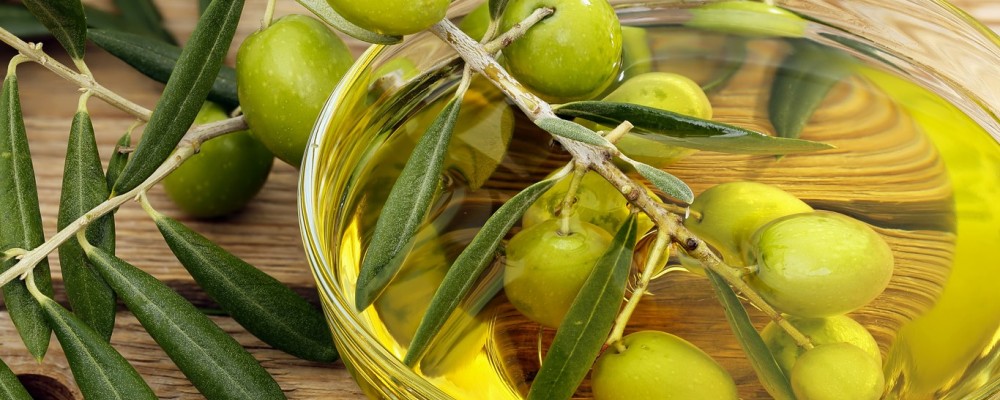Olive growing is said to have started in the Veneto Region in Roman settlements. Evidence of olive groves in the Verona area dates to the Early Middle Ages. The good exposure and the protection against cold currents offered by the slopes have spurred the spread of olive groves in the Valpolicella area and in the nearby valleys of Verona.
The primary characteristic is the traditional cold pressing of select, healthy fruit, hand picked using a rake or a pincer to pull them directly from the branches. Pressing takes place just a few hours after picking to avoid spoiling. Pressing is done by traditional methods (presses or mills) to preserve the organoleptic qualities of the picked olives. The quality features of this oil stem from the typical variety of the olives and the attention paid to each and every detail during processing. Nature bestows a propitious climate and ideal land contours, but it is man’s toil that makes this oil special.
All together, these factors give the product distinctive organoleptic features that are fully appreciated whether the oil is served cold, uncooked, or hot, since this type of oil resists well at a high temperature and maintains its flavours splendidly during all types of cooking.
The Veneto “Valpolicella” extra virgin olive oil P.D.O. – from the Grignano or Favarol varieties – is yellow with subtle shades of green, a light fruity smell and taste, with a faint sensation of a bitter and musky aftertaste.
It’s produced along the right bank of the Adige river and encompasses the wine-growing regions of Recioto and Amarone, starting in the traditional municipalities continuing on to the Bianco di Soave wine-growing area.

